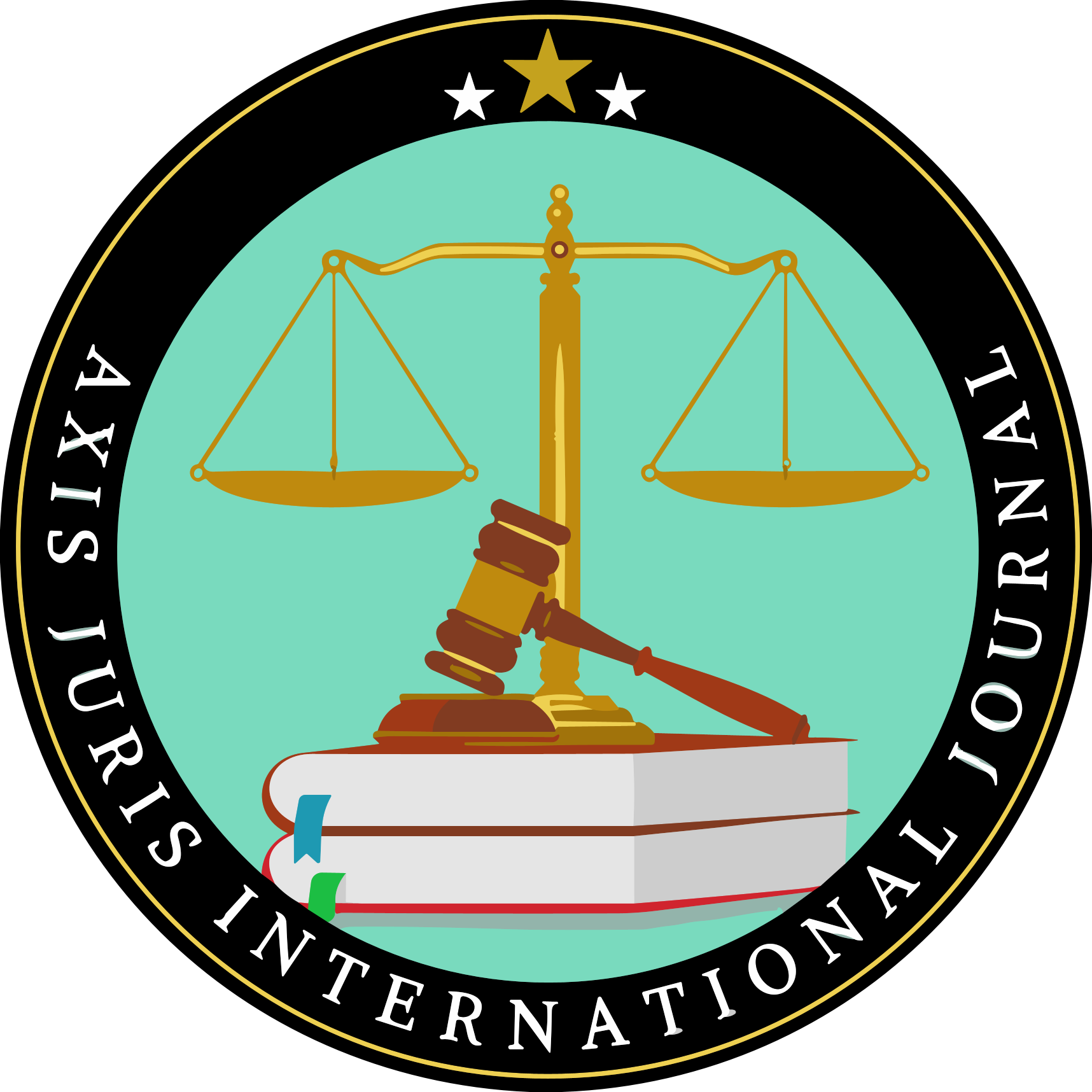AUTHOR'S NAME: Nivedita Singh
UNIVERSITY - APS University, Rewa
MARRIAGE AS AN INSTITUTION
Hindu society has historically recognized marriages of various forms, between various people. They are as follows; Gandharva marriage based by free mutual choice and Arsha marriage giving the girl to a man after accepting a bride price, Daiva marriage is giving the girl to priest himself in lieu of his fees, were widely recognized. Common amongst them all is a liberality of the institution of marriage to encompass whichever norms were prevalent in society at the time.
MODERN CONSERN THAT MAKES NEWS HEADLINE
One contemporary demand is for people of the same sex to marry one another. Everyone who identifies as LGBTQI+ is free to select their partner. Globally, same-sex marriage is common. More than thirty jurisdictions, predominantly in Europe and America, have passed legislation enabling homosexuals and lesbians to be married. The first same-sex marriage occurred in the Netherlands.
THE SPECIAL MARRIAGE ACT (SMA) 1954 AND VARIOUS CASES
“The Hindu Marriage Act of 1995”, the “Muslim Personal Application Act of 1937”, or the “Special Marriage Act of 1954” are the relevant personal laws in India that can be used to register a marriage. But the Supreme Court declined to support marital equality. Together, the five justices rejected any amendment to this law and upheld the basic right of people of the same sex to marry. A government committee was tasked with investigating what material rights and benefits should be granted to same-sex unmarried couples; CJI simply presented a set of guidelines. The Indian Constitution does not specifically recognise the right to marry as a fundamental or constitutional right; rather, it recognises it as a statutory right, as demonstrated by decisions such as “ShafinJahanVs. Asokan K.M. And Others.” According to Article 16 of the “Universal Declaration of Human Rights” and the “Puttaswamy Case,” which involved the LGBTQI+ community and the Indian government, the right to marry is fundamental to the freedom that the constitution protects. This was demonstrated in the case of “Navjet Singh Johar and Others v. Union of India.”
THE JUSTIFICATIONS FOR SAME-SEX MARRIAGE
Equal rights and protection under the that provides rights to all individuals, regardless of their sexual orientations under Article 16 (2) have the rights to marry and forms a family with dignity.Strengthening families and communities for acceptance in Indian society which not understanding their children’s which comes under LGBTQI+, As those girls and boys are forcefully or by emotional blackmailing are getting married to opposite sex which they are not comfortable or compatible which leads to destroy the lives of many can only reduced by giving them legal rights and marriage provides them that social and economic benefits to couples ,their family and children which are abandoned by their own families. The CJI recognised cohabitation as a Fundamental Right, and the government must officially acknowledge the societal consequences of these kinds of partnerships. According to the Supreme Court of India, there is no absolute definition of a man or a woman, so gender is more complicated than a person’s genitalia. Biological gender is also not absolute.
THE PROHIBITIONS OF SAME-SEX MARRIAGE
Religious and cultural views: According to many religious and cultural organisations, marriage is only appropriate for a man and a woman. They contend that altering the conventional definition of marriage would be in opposition to their core values and beliefs. Some claim that having biological children is impossible for same-sex couples and goes against the laws of nature, and that procreation is the main reason for marriage. Legally it also creates problem such as inheritance, tax, property rights and its very difficult to change all the laws all of a sudden and also regulations to accommodate. Adoption of children raises serious difficulties since LGBTQI+ couples who adopt children face discrimination, stigma, and detrimental effects on the child’s mental and emotional health, particularly in Indian society where acceptance of this group is not universal.
WAY FORWARD
Increase Public Awareness: Increase public understanding of the LGBTQIA+ community and work to advance equality and acceptance of all sexual orientations. Legal changes that resulted in the “Special Marriage Act, 1954” being amended to permit same-sex marriage and grant them the same rights and advantages as opposite-sex couples. It is a contract-like arrangement that grants homosexuals the same rights as heterosexuals. Talking with religious leaders and groups can assist in bridging the gap between traditional beliefs and contemporary attitudes. All parties involved in improving society, such as the LGBTQIA+ community, the government, civic society, and religious leaders, should work together, and acceptance should begin with the individual and their family. Together, we can build a more accepting society in which everyone, regardless of gender, has the freedom to love and be married to whoever they want.
